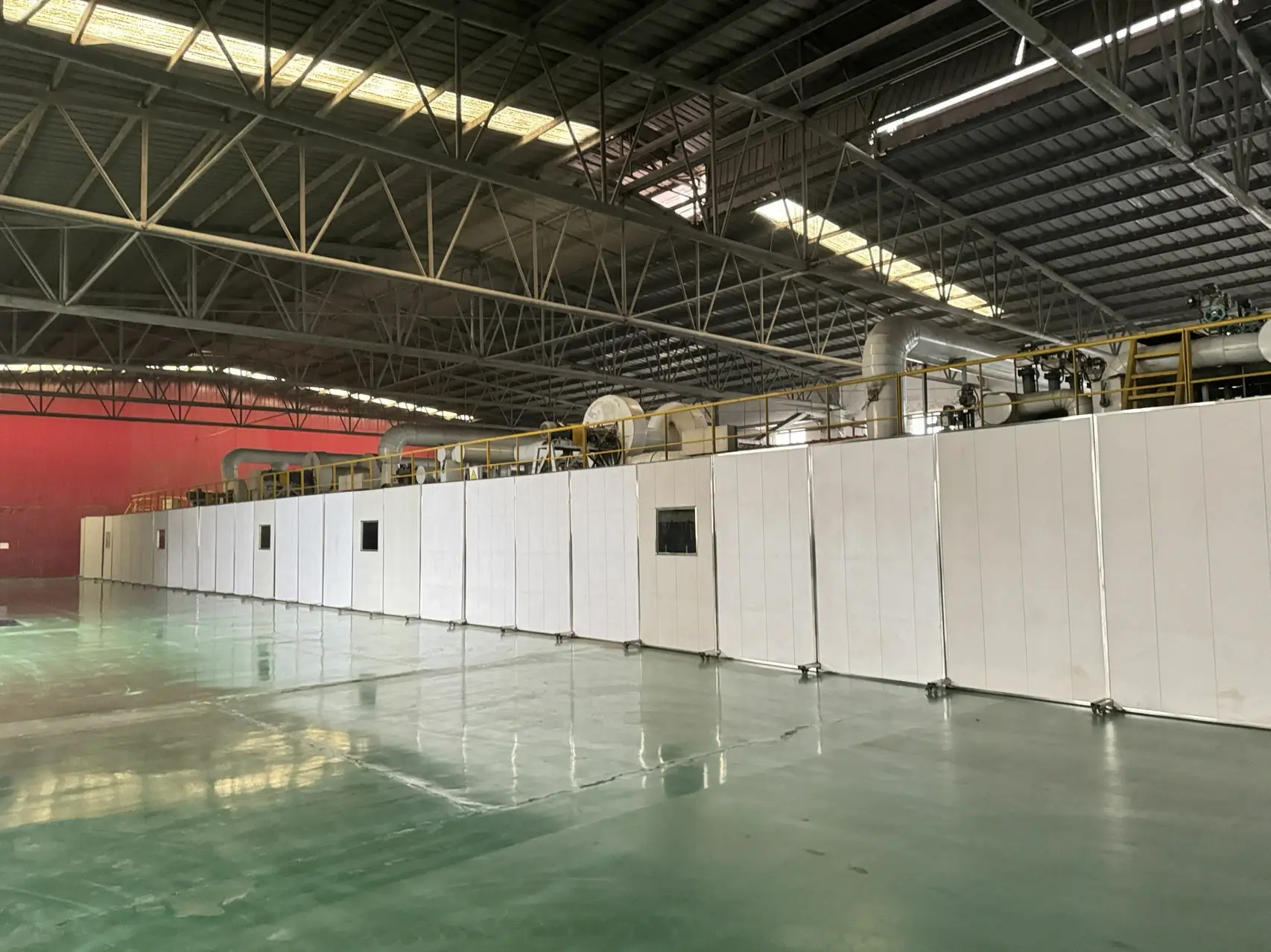

Exploring Pyrolytic Low-E Glass A Modern Solution for Energy Efficiency
In recent years, the conversation surrounding energy efficiency in architecture and construction has evolved significantly. Among the various strategies employed to enhance energy performance, the use of low-emissivity (Low-E) glass has emerged as a paramount solution. Specifically, pyrolytic low-E glass has garnered attention for its unique production process and remarkable properties, making it an invaluable asset in both residential and commercial buildings.
Understanding Pyrolytic Low-E Glass
Pyrolytic low-E glass is manufactured through a pyrolytic coating process, where a thin layer of metallic oxide is applied to the glass surface during the manufacturing phase. This process involves heating the glass to high temperatures, causing the coating to bond chemically with the glass. The result is a durable and robust product that features enhanced thermal performance without compromising clarity or visibility.
The primary function of low-E glass is to minimize the amount of infrared and ultraviolet light that passes through the glass without sacrificing visible light. By reflecting heat back into the building during winter and keeping it out during summer, pyrolytic low-E glass significantly contributes to temperature regulation while reducing overall energy consumption.
Energy Efficiency and Cost Savings
One of the most compelling advantages of pyrolytic low-E glass is its contribution to energy efficiency. Buildings equipped with this type of glass can greatly reduce the reliance on heating and cooling systems. In a world where energy costs are continually rising, incorporating pyrolytic low-E glass can lead to substantial savings on utility bills.
Moreover, the improved insulation provided by low-E glass helps maintain a more consistent indoor temperature, which enhances comfort levels for occupants. This consistency can be particularly beneficial in climates with significant temperature fluctuations. Additionally, reduced energy usage translates into a lower carbon footprint, aligning with the global movement towards sustainable construction practices.
Enhanced Durability and Maintenance

Unlike other types of low-E coatings, which may be applied after the glass is manufactured, pyrolytic coatings are integral to the glass itself. This results in a product that is less susceptible to scratching and wear. As a result, buildings featuring pyrolytic low-E glass not only look better for longer but also require less maintenance over time.
The durability of pyrolytic low-E glass makes it suitable for a variety of applications, including windows, curtain walls, and facades. Its ability to withstand exposure to the elements without losing performance or aesthetic appeal is a significant advantage in both new construction and renovation projects.
Aesthetic Versatility
In addition to its functional benefits, pyrolytic low-E glass offers aesthetic versatility. Available in various tints, thicknesses, and designs, it can be customized to meet the specific needs of any building project. Architects and designers appreciate the ability to integrate energy-efficient solutions without compromising the visual appeal of a structure.
The transparency and clarity of low-E glass allow natural light to filter through, reducing the need for artificial lighting during the day. This not only enhances the overall ambiance of interior spaces but also contributes to energy savings.
Conclusion
As the demand for environmentally friendly and sustainable building materials increases, pyrolytic low-E glass stands out as a solution that combines energy efficiency, durability, and aesthetic appeal. Its ability to improve thermal performance while lowering energy costs makes it an ideal choice for modern construction.
Incorporating pyrolytic low-E glass into building projects is not just a trend; it is a forward-thinking approach to creating spaces that are comfortable, aesthetically pleasing, and environmentally responsible. As we move towards a future focused on sustainability, this innovative glass technology will undoubtedly play a vital role in shaping energy-efficient buildings for generations to come.